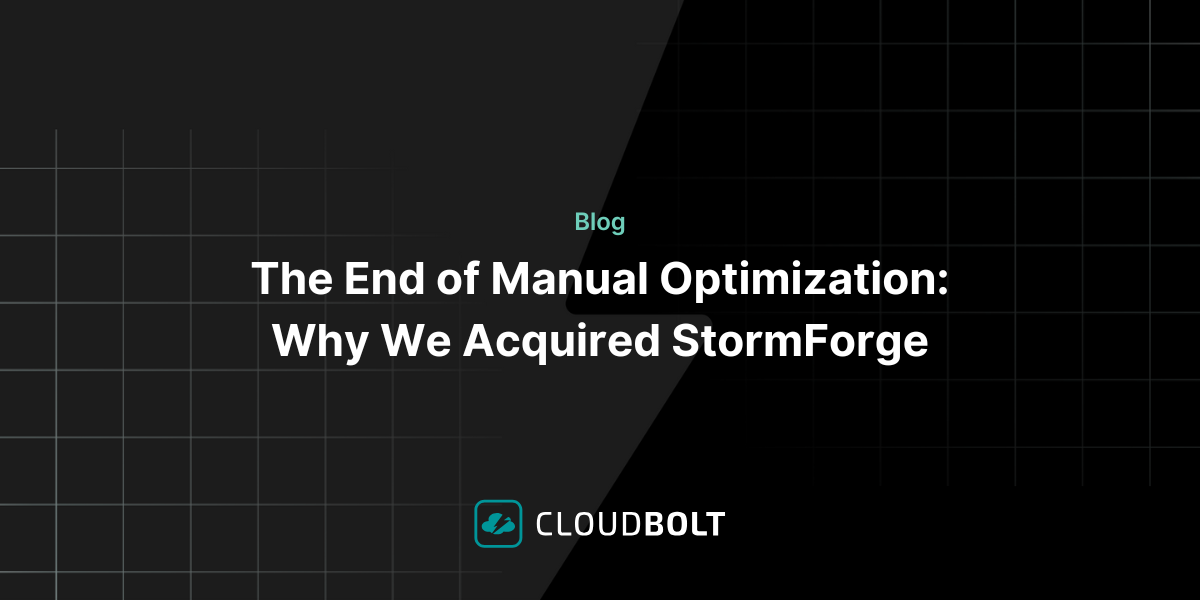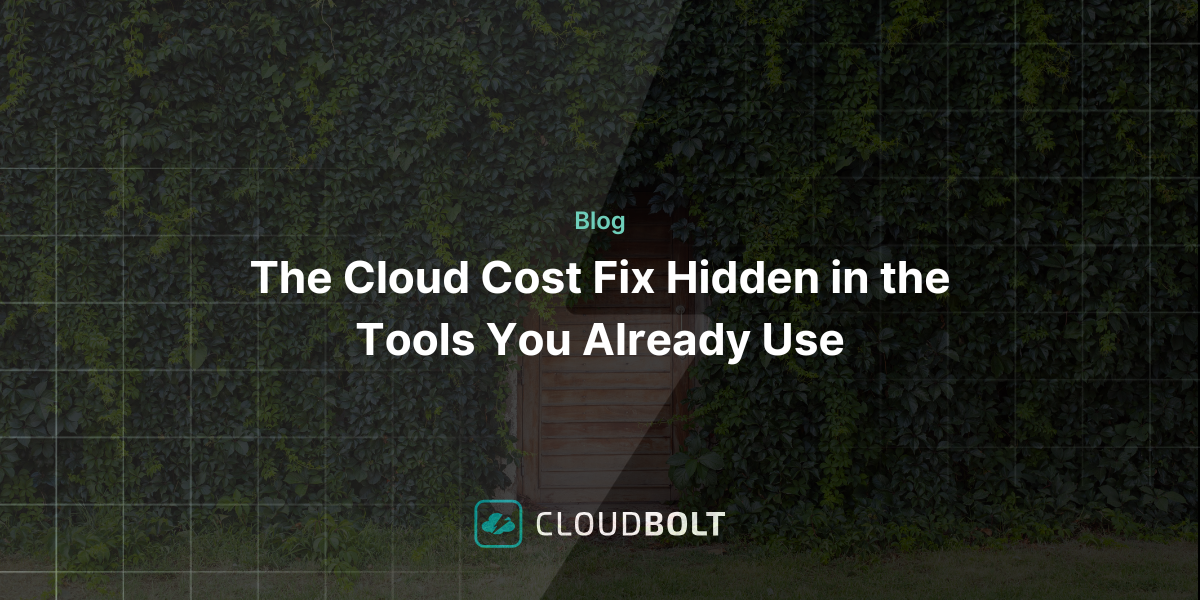Five Signs You Need a Third-Party Cloud Management Suite in Your Organization
It’s time to invest in a cloud management suite!
Often, moving to a multi-cloud deployment is a step in the right direction. After all, multi-cloud deployments come with the same benefits as a single cloud. The difference is they don’t have some of the risks, such as service interruptions and vendor lock-in. It’s a smart investment for most mid-market and enterprise-level organizations.
Additionally, with multi-cloud you can pick and choose capabilities of one cloud over the other which can provide a necessary differentiator.
But here’s the thing — it’s not all a bed of roses. You see, it’s possible to lose control of your cloud deployments if you don’t have the right tools in place. The complexity of the multi-cloud can bring about a lack of visibility as your operations grow. As a result, monitoring can become a nightmare. Hence, the benefits accrued from the move to the multi-cloud may become elusive. This is where a cloud management suite, also referred to as a cloud management platform (CMP), comes in.
The tipping point varies from one organization to another. And here’s why: it depends on the complexity, size, and governance and security requirements of the deployment. So, how do you know when it’s time to invest in a third-party cloud management platform? We’ve hashed out what you need to look for below.
You Might Need A Third-Party Cloud Management Suite If:
Developers Are Disgruntled
Are your team’s developers frustrated with resource management and provisioning? That’s your sign. The first people to feel the impact of an overly complex cloud environment are developers. Why? The time it takes to allocate resources to apps frustrates them.
Now you’re wondering, “How can I tell when developers are frustrated?”
The answer is simple: Pay attention to the number of e-mails you get from your developers requesting access to resources, such as computing and storage. Are there too many? Do you still use the native cloud management tools from your cloud provider? Then you might have a problem. Typically, you’ll have to line them up and assign them to staff members who specialize in the target cloud platform. Ultimately, this can turn into a massive bottleneck in the overall productivity of your organization.
With a third-party CMP in place, it’s possible to avoid this situation. You see, you can empower developers by giving them the right to access and allocate resources directly without a need to learn native cloud provisioning and management tools. As a result, you’ll save tons of time because developers no longer have to seek and wait for approvals.
There’s an Increase in Performance Complaints
Have you received several performance-related complaints from cloud end-users? Consider implementing a cloud management suite. Usually, these complaints are because applications aren’t receiving the right amount of cloud resources. So, they can’t execute tasks effectively.
Additionally, a cloud management platform can help you understand the bottlenecks and if your users are leveraging the right resources for the right workloads. This can help you balance your cost vs. performance benefit as well.
There’s Increased Risk
If you’re struggling to manage all your resources in a multi-cloud architecture, you risk falling victim to a security breach. Accountability is usually the first to go out the window when you lose control of your cloud assets. After all, you can’t tell who is responsible for what resource and what he or she is doing with it.
A third-party cloud management platform can help you regain control. You can track users and the resources they’re provisioning at any one time. You’ll also be able to see what steps the user has taken to secure these resources. Also, you can schedule periodic health checks to help identify resources that are more risk-prone.
Too Many Mistakes are Being Made
Is your IT team making too many rookie mistakes after deploying your IT system to the multi-cloud? You might want to look into using a CMP. The abstraction and automation it brings, frees IT from dealing with manual, tedious tasks. Consequently, there’ll be fewer mistakes and you can set the right parameters in place to avoid repeating the same mistakes.
You’re Experiencing Cost Allocation Problems
As your multi-cloud deployment grows, it’ll be harder to identify who’s responsible for your monthly cloud bill’s costs. This can account to thousands or tens of thousands of dollars being wasted without the right reports in place. A cloud management suite gives you cost visibility across all cloud providers. This way, you can track who uses what services and how much it’s costing the organization. You can also set relevant cost metrics to pin-point resources that need your immediate attention. Plus, you can reel in the underutilized resources using these metrics and reports.
CloudBolt platform has helped hundreds of customers streamline their cloud environments. One customer has said, “CloudBolt is highly customizable and the reports look amazing which are very easy to understand. It is very fast and efficient and very easy to use. We have saved a ton of time after using this platform a huge thumb up.”
Schedule a quick demo of the CloudBolt platform and see how it can help you manage your cloud environment more efficiently.
Related Blogs

How I Rethought Cloud Budgeting—And What Finance Leaders Need to Know
If you’re a finance leader trying to bring more structure and strategy to cloud budgeting, you’re not alone. While most…

